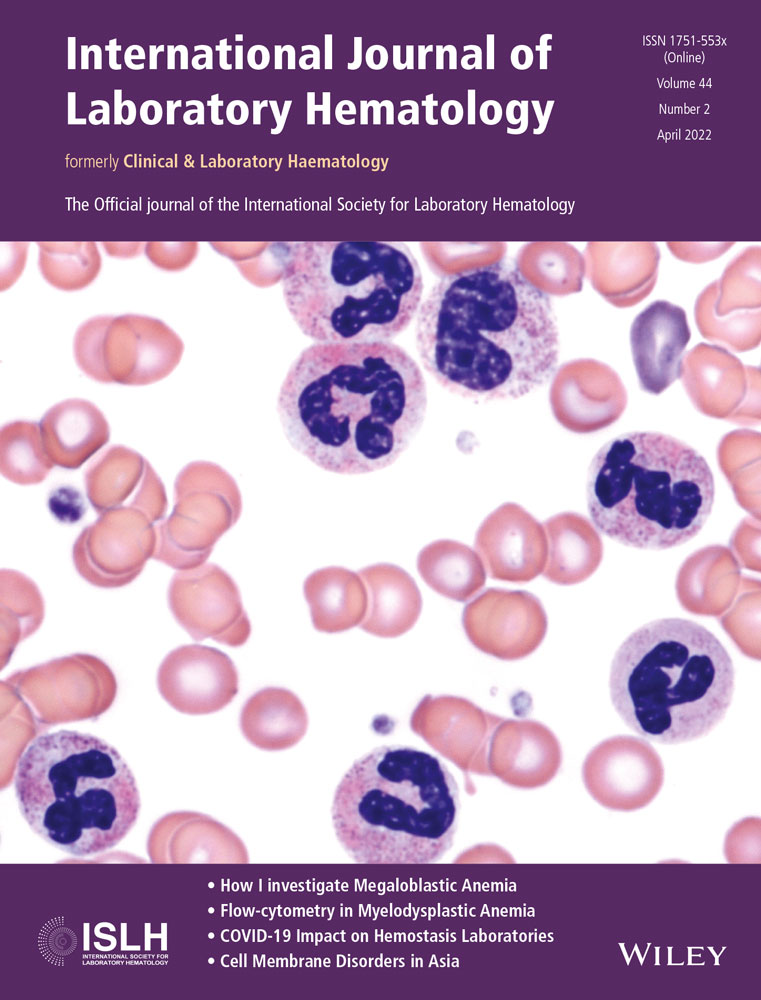Guidance for establishing a factor VIII testing protocol for the myriad of factor VIII products
Funding information
No external funding was utilized for this work
Abstract
Introduction
Management of hemophilia A has changed significantly in the past few years with the expansion of new and/or modified products as treatment options. Unfortunately, many of the standard factor VIII assays do not always accurately measure all available treatment products; therefore, the laboratory must investigate various assay algorithms to ensure the reporting of the correct results.
Methods
Requirements for factor testing, diagnosis and severity levels, product testing, factor VIII inhibitor detection and titers, are evaluated, and potential algorithms are created for optimal assessment of patients with hemophilia A.
Results
The potential for inaccurate result reporting for patients with hemophilia A or those being treated with the myriad of products has left many laboratories uncertain as to which assay algorithm to implement to ensure reporting the correct results for all products used in their hemophilia program. Algorithms for using either One-stage Clotting assays or Chromogenic assays or a combination of both types of assays are presented for each laboratory to implement based on their clinical situation.
Conclusions
Several algorithms are considered based on the needs of the clinical providers and their patients. Each laboratory must select a testing algorithm that is cost-effective and within available resources, yet that encompasses the needs of their providers and patients. Laboratory personnel must consider all assay uses (factor VIII levels, different products, interfering products, and inhibitor titers) in determining the best algorithm for their laboratory. This paper is a starting guide for developing the best factor VIII testing assays and protocols for your laboratory.
CONFLICT OF INTEREST
The authors have no competing interests.




